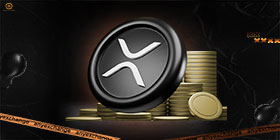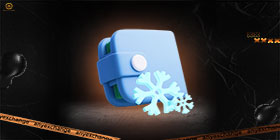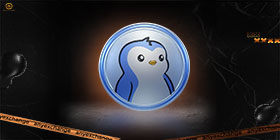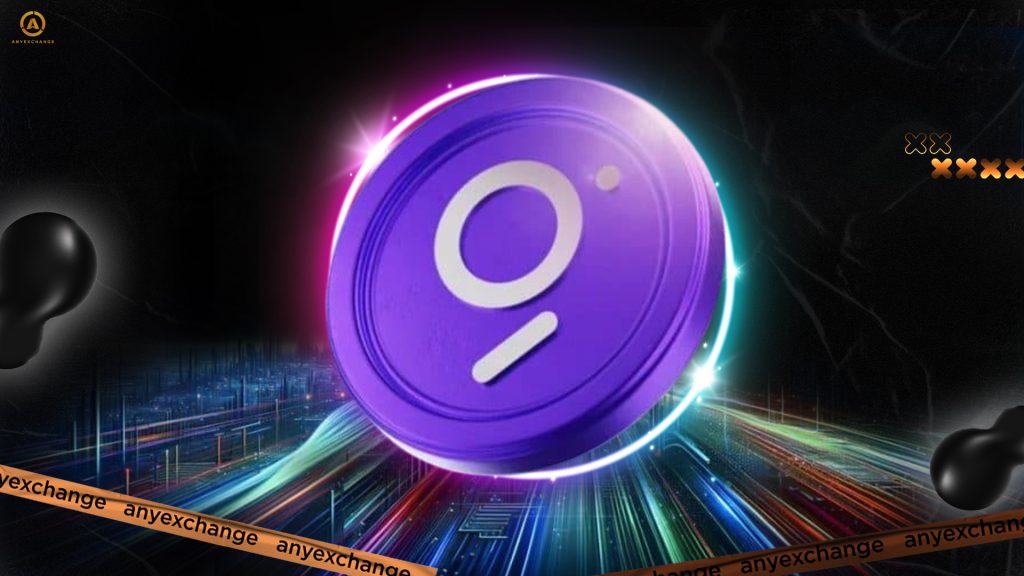
The transition to Web3 is breaking the monopoly that centralized systems have on information. However, extracting data from the blockchain remains a non-trivial task. The structure of data storage on chains makes access difficult, and the lack of standard sampling methods prevents developers and analysts from effectively interacting with on-chain information. AI agents can analyze large amounts of data. However, to work with this data in real time, they need a reliable, scalable, and accessible source.
The Graph performs this function. This decentralized protocol indexes blockchain data and provides access through a convenient API. Rather than manually processing and filtering large amounts of information, developers can use ready-made subgraphs to obtain structured data for their decentralized applications (dApps), analytical solutions, and AI models.
Today, The Graph is not just a tool; it is a full-fledged database for Web3 and AI agents that provides stable connections between on-chain information and intelligent algorithms. Now, let’s examine how The Graph and the GRT protocol token work and the project’s prospects in the foreseeable future.
What is The Graph?
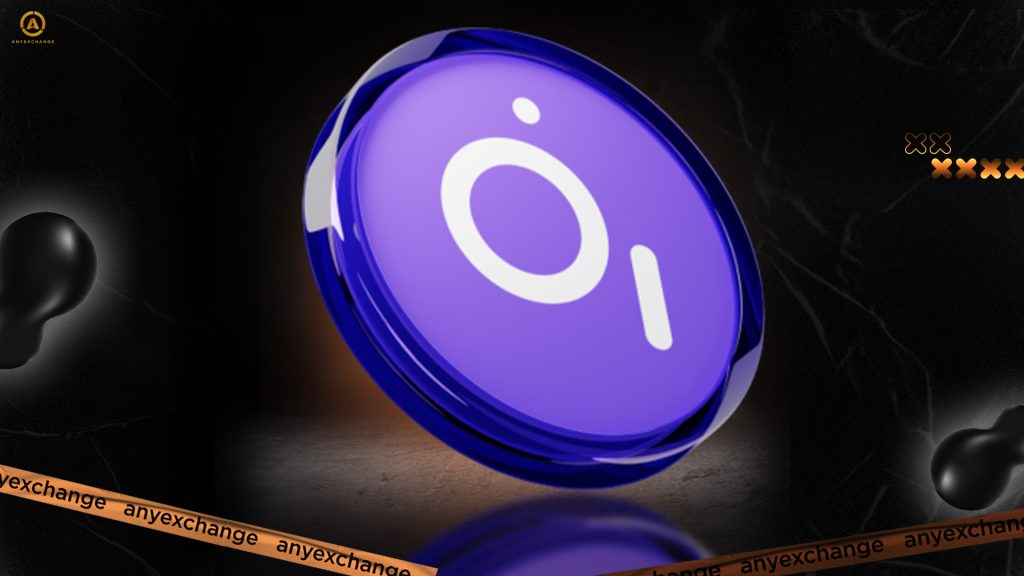
The Graph is a decentralized protocol that indexes blockchain data and provides convenient access to it through the Graph API. In other words, The Graph is an infrastructure layer that enables the efficient search and retrieval of information from blockchains, eliminating the need to run your own nodes or manually parse smart contract data.
A key element of the protocol is subgraphs, which are open data schemas that specify which events and entities should be indexed in the blockchain. These schemas enable developers to create specific queries, eliminating redundancy and conserving resources. With the Graph API, decentralized applications (dApps), research dashboards, and AI agents can instantly access relevant information, such as transactions, addresses, contract status, and other metrics.
The GRT token is central to The Graph’s sustainability and scalability. It incentivizes indexers (nodes that serve queries), curators (who sеlect high-quality subgraphs), and delegators (who provide GRT to indexers). It also enables participation in voting. This multi-level tokenomics systеm makes the GRT token not only a means of incentivization but also an element of a decentralized ecosystem management systеm.
The protocol launched in 2020. It was developed in response to the need to automate data access for decentralized applications. The founding team, consisting of Janis Polemis, Brandon Ramirez, and Talio Joe Cavalcanti, aimed to create a publicly accessible, scalable, and sustainable systеm. Thus, The Graph was born, changing the approach to processing and using on-chain data.
Today, the Graph ecosystem supports over a dozen popular networks, including Ethereum, Polygon, Arbitrum, Optimism, BNB Chain, and Celo. The protocol serves thousands of Web3 decentralized applications (dApps), including flagship projects such as Uniswap, Aave, Balancer, and Decentraland. In short, The Graph is not just a technology; it is a strategic platform for Web3 scalability and for building a new generation of internet applications based on transparency, decentralization, and data accessibility.
Why is The Graph important for Web3?
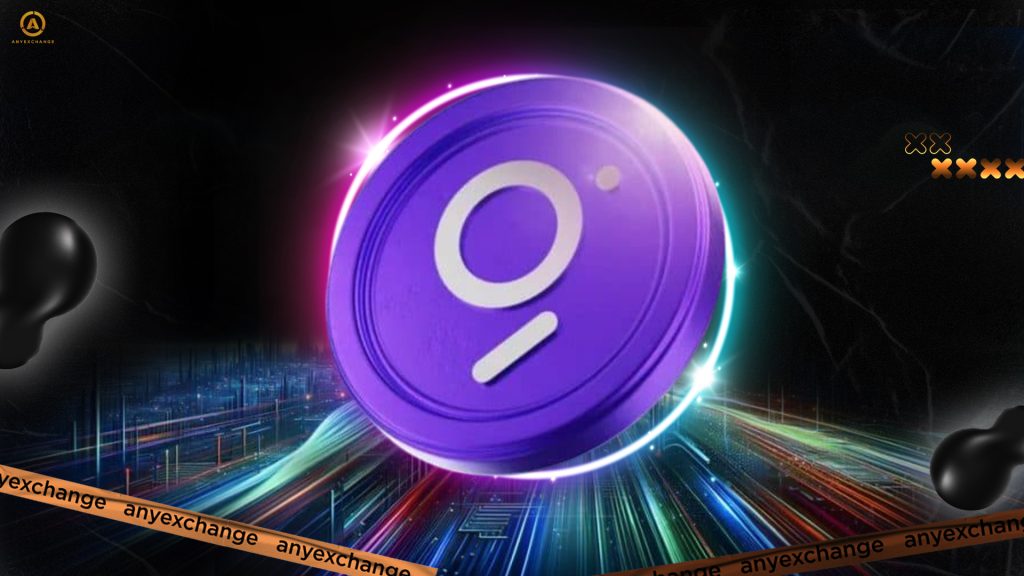
Unlike traditional databases, blockchain stores information as raw transactions and events in a sequential chain of records. Direct access to the necessary data is time-consuming and technically challenging. The Graph protocol offers a new approach: thanks to blockchain data indexing, developers and analysts can quickly and easily extract necessary information using the Graph API. The API provides access to structured information hidden behind thousands of blocks and smart contracts. Rather than running nodes and processing events yourself, you can use ready-made subgraphs tailored to specific dApp solutions.
Two important advantages of Web3 are scalability and true decentralization. The Graph is built as a modular systеm with a decentralized architecture. Indexing is performed by independent participants, or indexers, and curators regulate the selection of the most useful subgraphs. These features ensure high stability, reduce the risk of censorship, and increase the systеm’s reliability. Unlike centralized databases such as Firebase, PostgreSQL, and Google BigQuery, The Graph database provides direct access to blockchain information without intermediaries. This provides complete transparency, immutability, and auditability. Additionally, using the GRT token enables the creation of a sustainable economic model in which participants are motivated to ensure data quality.
The protocol has already become a critical element in the operation of the largest Web3 decentralized applications (dApps). For instance, Uniswap uses The Graph to display trading pairs, volumes, and price charts, and Aave uses it to display real-time loan and liquidity data. Decentraland, Synthetix, Gnosis Safe, and dozens of other protocols also actively use the platform.
The Role of The Graph in Developing AI Agents
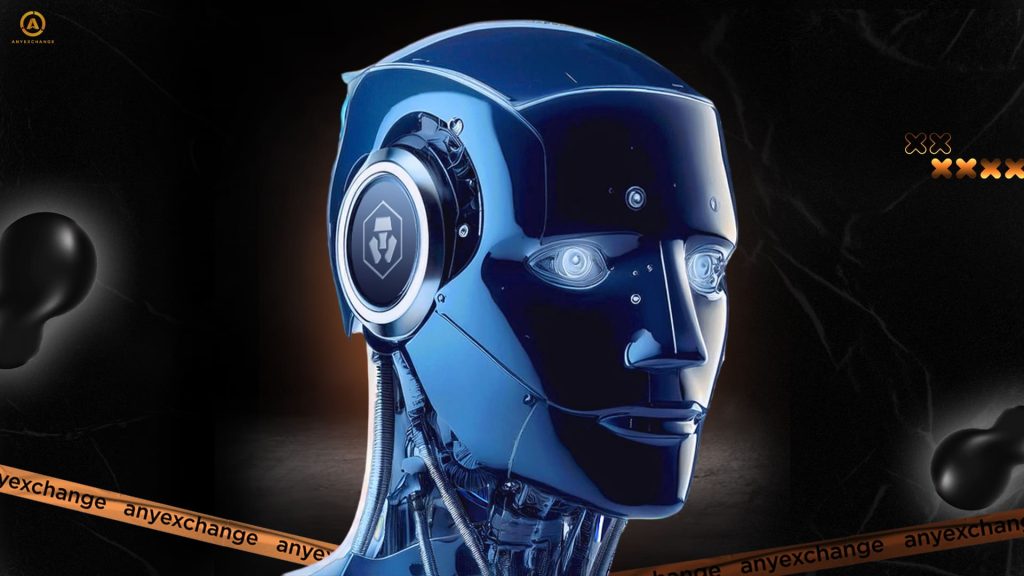
As artificial intelligence penetrates the field of decentralized technologies, there is a need for reliable sources of structured data for training models, analyzing user behavior, and making real-time decisions. The Graph serves as the link between on-chain data and intelligent algorithms, providing a stable and scalable flow of information for AI agents in Web3.
One of the protocol’s key advantages is its ability to integrate quickly and flexibly into machine learning and automation solutions. The Graph API provides a convenient way to access data, eliminating the need to build your own blockchain parsing infrastructure. This is critically important for AI agents that need a continuous supply of high-quality, up-to-date data.
In the field of decentralized finance (DeFi), for example, AI models can use data from subgraphs to build price forecasts, assess liquidation risks, and dynamically allocate capital. An agent trained on historical and current data from Aave, Curve, or Compound protocols can evaluate the effectiveness of yield strategies in real time.
Another important use case is the automation of user scenarios. For instance, an AI agent can track transactions on the Ethereum network, detect significant token transfers, and automatically notify users or perform programmed actions based on these transactions.
More advanced versions of AI agents can use data to evaluate user behavior, identify trends in NFT trading, and build trust models in DAOs. However, without a stable source of reliable and up-to-date data, any model loses its value. This is why The Graph and AI agents are becoming increasingly inseparable concepts in the new digital architecture.
Risks and Challenges of The Graph
- Growing competition. In addition to The Graph, projects such as Covalent, SubQuery, and Aleph.im are actively developing the blockchain indexing market. These solutions offer alternative approaches to data processing and delivery. Sometimes they focus on different types of blockchains, and sometimes they lower the entry threshold for developers. For instance, Covalent emphasizes access to “complete” historical data, and SubQuery actively integrates with the Polkadot ecosystem. This puts pressure on The Graph, especially regarding support for new networks and the needs of AI solutions.
- Reliability and consistency of decentralized data. Although The Graph’s architecture assumes the independent operation of indexers and curators, its decentralized nature can cause problems, ranging from indexing discrepancies between different nodes to a possible decline in subgraph quality due to insufficient curation. Curation is the process by which network participants, or curators, sеlect and stake GRT on the highest-quality subgraphs to increase their visibility and priority for indexers. Such failures can have significant consequences in the context of widespread use by AI agents and DeFi protocols.
- Regulatory risks. Since the GRT token is used as a reward in the network, regulators may question its legal status. There may also be a need to comply with user data standards, especially if AI agents analyze financial activity and user behavior.
- Technical barriers. Creating and maintaining high-quality subgraphs for The Graph requires an in-depth understanding of smart contract structure and proficiency in the GraphQL language. This limits the involvement of teams that are not sufficiently prepared technically.
Prospects and Impact of The Graph
Since its launch, The Graph has evolved from an experiment in indexing blockchain data into a key participant in Web3 infrastructure. As of July 2025, the network processes over 20 billion subgraph queries per month, a number that continues to grow amid the increased use of dApps and AI in Web3 and the network’s entry into new ecosystems.
The network is actively expanding. In addition to supporting major blockchains, the Graph Foundation team is implementing integration processes with Solana, zkSync, Starknet, NEAR, Avalanche, and Aptos. This opens up new opportunities for developers and AI agents who need access to various on-chain sources. The wider the coverage, the richer the context for analysis, forecasting, and automation.
Additionally, the protocol is evolving to simplify access and lower the entry threshold. New visual tools for creating subgraphs, automatic diagram generation, and expanded documentation make the protocol more accessible to a wide range of users.
Conclusion
As Web3 grows rapidly and AI is widely adopted, The Graph protocol has taken a key position at the intersection of these two worlds. Thanks to its architecture, support for numerous blockchains, and deep integration with dApps, The Graph has become the element that allows decentralized data and intelligent algorithms to be combined into a single ecosystem.
Today, The Graph is a fully-fledged Web3 database relied upon by startups and large projects alike. Its scalability, decentralization, open API, support for dozens of networks, and transparent GRT tokenomics make the The Graph ecosystem an integral part of the new internet. As the demand for transparent, accessible, and machine-readable data increases, so will The Graph’s importance.
Thank you for your attention. Invest safely and profitably!
AnyExchange is an exchanger where you can convert cryptocurrencies at the most favorable rate and make secure money transfers around the world.
FAQ
What is The Graph?
It is a decentralized protocol designed to index blockchain data and provide access to it through the Graph API. It allows developers and analysts to easily extract structured information from blockchains using special schemes called subgraphs. Currently, the protocol is used in Web3 infrastructure to support decentralized applications (dApps), decentralized finance (DeFi), and AI solutions.
How does The Graph help AI agents?
AI agents require reliable data sources for analysis and decision-making. The Graph database provides fast access to standardized on-chain information. With indexing and The Graph API, AI systems can analyze transactions, user behavior, and smart contract status in real time.
Which dApps use The Graph?
Some of the most well-known are Uniswap, Aave, Synthetix, Balancer, and Decentraland. The protocol serves as the basis for displaying, analyzing, and updating data within these platforms’ interfaces and automated processes.
What are the risks associated with The Graph?
The main risks inсlude competition from other projects, data decentralization issues, technical failures, and possible regulatory challenges. Additionally, creating high-quality subgraphs requires technical expertise, which can pose a challenge for novice teams.
Where can I buy GRT tokens?
GRT tokens are traded on most major cryptocurrency exchanges, including Binance, Coinbase, Kraken, OKX, and Bybit.


